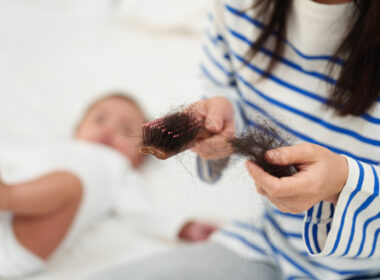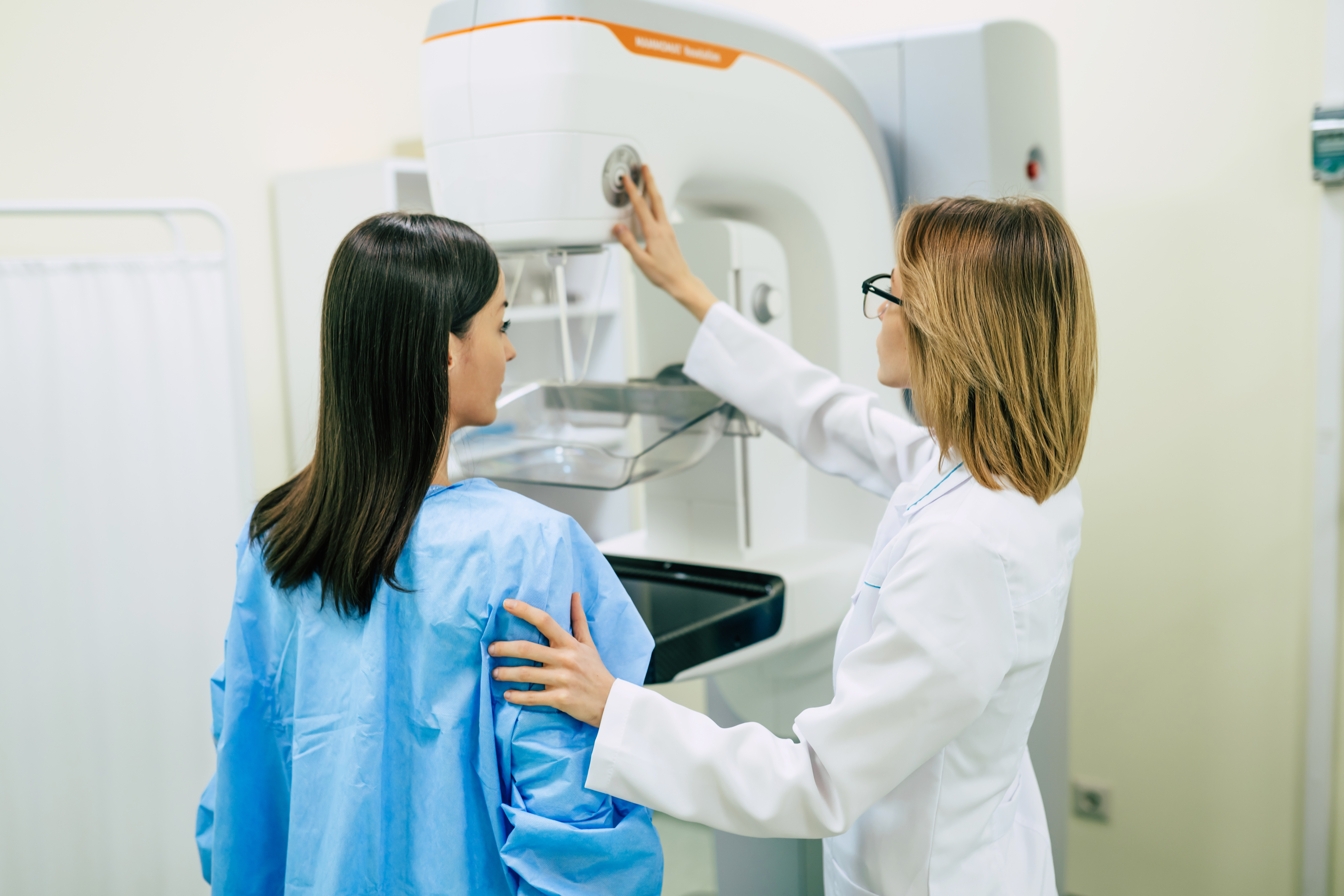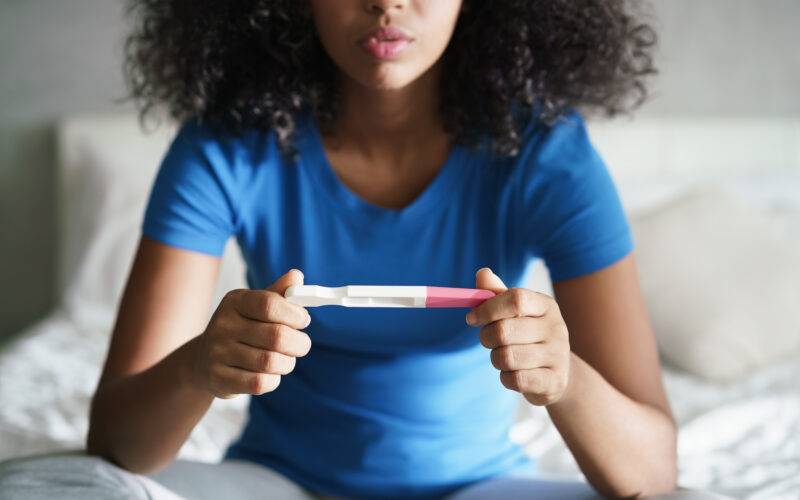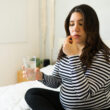Silent endometriosis is a hidden struggle, an invisible battle waged within. Unlike traditional endometriosis, which often manifests with debilitating pain and obvious symptoms, silent endometriosis lurks undetected, manifesting via mild abdominal or pelvic discomfort or no symptoms at all. Yet, despite its quiet nature, silent endo’s effects can be profound, impacting fertility, organ function, and overall health. Here, we’ll discuss the elusive nature of silent endo, its diagnosis, implications for fertility, and treatments.
Что такое эндометриоз?
Endometriosis, commonly known as “endo,” affects between 6-10% of women worldwide and is a leading cause of infertility [1]. Tissue similar to that of the uterine lining (known as the endometrium) grows за пределами the uterus on other organs in the pelvic area (and, though uncommon, can even grow on organs higher up in the chest cavity, too).
When the uterus sloughs off its lining during “that time of the month,” endometriosis tissue similarly breaks down and bleeds. However, unlike period blood and tissue, endo blood and tissue has no way of exiting the body. Instead, it remains in its current location (such as the abdominal cavity), leading over time to the formation of scar tissue and adhesions—bands of tissue that can cause body organs to stick together. Severe pain is the most common symptom of endometriosis, especially during the menstrual cycle, though there are many other symptoms также.
Under-diagnosis and delayed diagnosis plague endometriosis sufferers
While endo is common, it remains poorly understood. It takes, on average, 8-12 лет from first symptoms to diagnosis (and may only be diagnosed as part of an infertility workup, for those who never had symptoms). This may be in part because so many doctors are quick to put their patients on hormonal birth control. Birth control may successfully mask painful symptoms, but does not actually treat the underlying issue. Laparoscopic surgery is the только definitive way to diagnose endometriosis, silent or otherwise.
There’s much we don’t know about what causes endo, but some research suggests an autoimmune component, and/or estrogen dominance. Retrograde menstruation (where menstrual blood flows back into the fallopian tubes and into the pelvic cavity) as well as bacterial infection and immune dysfunction are also theorized causes, and there may be a heritable component.
What is silent endo?
While endometriosis typically causes severe period pain, around 20-25% of patients are asymptomatic [1]. These women experience “silent” endometriosis [1]. They may experience no symptoms at all, или the symptoms they do experience may be attributed to other conditions.
It’s not ____, it’s endometriosis
Some conditions with which endo симптомы may be confused включают:
- Pain during urination or pain during sex, which may be mistaken for a UTI
- Bloating, nausea, painful bowel movements, or diarrhea, which may be mistaken for IBS
- Long-term lower back or pelvic pain, which may be attributed to sciatica or a muscle strain
- Bleeding or spotting between periods, which could be assumed to be drops in progesterone like in the case of дефект лютеиновой фазы
- Bloating, nausea, cramping, or constipation, which could be assumed to be “normal” боль при месячных
If you wonder if you may have silent endometriosis, check out this three-tier self-screening tool created by Natural Procreative Technology (NaPro)-trained doctor Naomi Whittaker MD, OB/GYN. Dr. Whittaker also has many helpful posts on her Instagram regarding endo, polycystic ovary syndrome (PCOS), adhesions, and more.
Endometriosis and (in)fertility
There’s a strong connection between silent endometriosis and бесплодие, which the World Health Organization defines as “the inability to conceive after 1 year of regular unprotected intercourse.” Likelihood of infertility depends on the stage of endometriosis, which in turn depends on the level of scarring caused by implanted endometrial cells, ranging from minimal to severe. While women under 30 без endo have roughly an 85% chance of becoming pregnant after a year of trying to conceive (odds decrease about 10% every 5 years after 30), research estimates that only 50% of women with mild endo and 25% of women with moderate endo are able to conceive without intervention [2].
After a standard fertility evaluation is performed (including a semen analysis, ovulation assessment, health of uterus and fallopian tubes, and ovarian reserve), and if all test results are within normal limits, healthcare practitioners often assign the diagnosis of “unexplained infertility.” Currently, unexplained infertility is a catchall term applied to approximately 15-30% of infertile women or couples [3]. However, it is possible that for at least some of these couples, undiagnosed endometriosis may be the real culprit.
Silent endometriosis is a likely culprit behind many infertility cases
A review article published in the Международный журнал экологических исследований и общественного здравоохранения took a close look at the relationship between endo and infertility [4]. About 20-50% of women struggling with infertility were found to have endometriosis, and about 30-50% of women already diagnosed with endo experienced infertility[4]. (Of note, NaPro-trained Dr. Patrick Yeung, MD, puts this number much higher based on his clinical experience and that of his colleagues at St. Louis University, most especially in women with infertility plus pain unrelieved by hormonal suppression via hormonal birth control.)
Endo and increased miscarriage risk
Recurrent miscarriages are also common in women who have endometriosis– one исследование опубликовано в Oxford Academic Journal found that, in women with at least one previous pregnancy, those without endometriosis had a 19% chance of miscarriage, while those with diagnosed endometriosis had a 29% chance of miscarrying [5].
A study of 268 pregnant women published in the journal Фертильность и стерильность found that those with endo had a 35.8% chance of miscarriage compared to 22% chance in women without endo [12]. These researchers observed that “superficial lesions in mild endometriosis can lead to an inflammatory situation that affects egg maturation, fertilization, and implantation” [6].
Is there a way to treat silent endo?
The same laparoscopic иссечение surgery that is used to diagnose endo is also the gold standard method of treating endo, removing endometriosis lesions and scar tissue. The most success with recovering fertility through surgical removal is seen in adolescent patients (Да, endometriosis may show up as early as the teen years!) [7]. Составление цикловых диаграмм can help identify when a workup for endometriosis may be appropriate (whether the patient is in her teens, twenties, thirties, or beyond) and may show limited cervical mucus and/or abnormal bleeding.
Through 15 years of painstaking, careful research and practice, Dr Patrick Yeung Jr, believes he has achieved “one-and-done” surgery for endometriosis, by focusing on excising все lesions and on taking particular care to prevent the future formation of adhesions. Most surgeons focus on burning (ablating) the largest areas of surface-level endometrial growth and then supplementing the patient with hormonal medications (such as GnRh agonists or hormonal birth control) to suppress further lesion growth.
Dr. Yeung reports that with his excision approach, he is usually able to remove the disease entirely, без the need for subsequent hormonal suppression. In 10 years of performing these “one-and-done” procedures, only 2.5% of his patients required repeat surgery (per preprint research), compared to 40-60% of women needing repeat surgery after endometrial ablation surgery [8].
Working with a surgeon trained in restorative reproductive medicine is key
Since endometriosis may return (or may never be eradicated in the first place) with standard laparoscopic ablation surgery, finding a restorative reproductive medicine-trained surgeon (such as one who has gone through a NaPro surgical fellowship and specializes in endometriosis excision and adhesion prevention) is your best bet for ensuring a successful removal of все (or as much as possible) endometriosis tissue.
Does endometriosis excision surgery improve likelihood of conceiving naturally?
The good news is that pregnancy rates in the first 12 months после laparoscopic excision surgery for women with endometriosis-related infertility are promising. According to a study published in the European Journal of Obstetrics & Gynecology and Reproductive Biology, “the overall pregnancy rate for patients [of all ages] with endometriosis related infertility 1-year post-surgery was 57.3%, with the highest pregnancy rate observed between 3 to 6 months after surgery” [9]. One of the biggest predictors for successful pregnancy and birth post-surgery was age-related: women 35 years old or younger had a pregnancy rate of 62% while the rate for women over the age of 35 dropped to 35.6% [9].
Dietary changes may help improve fertility rates
Making certain dietary или изменение образа жизни to decrease inflammation in the body can also help to improve fertility, with or without endometriosis [10]:
- Eat a healthy diet that emphasizes good fats, protein, vegetables, fruits, legumes, and whole grains
- Limit intake of processed meats and other foods, sugar, and refined carbohydrates
- Engage in regular physical activity
- Reduce and manage stress in healthy ways
- Avoid smoking
- Avoid alcohol
- Maintain a healthy weight
Endometriosis treatments other than surgery
While surgical excision is the gold standard treatment for endometriosis, other supplements and treatments may be tried first, in tandem, or after surgery. These are not curative but may improve symptoms such as pain, and may include:
Over-the-counter pain relievers: the first recommendation many doctors make for endometriosis-related pain is to try over-the-counter pain relievers like ibuprofen
Низкая доза налтрексона: As we previously noted, “Clinical experience and anecdotal evidence предлагать LDN can уменьшить воспаление and pain associated with endometriosis (without the side effects of hormonal birth control).”
N-acetylcysteine: some research suggests that this over-the-counter supplement’s anti-inflammatory effects on the body may lead to shrinkage of endo lesions and lessened pelvic pain
Cabergoline: small but promising studies have found that, compared to hormonal birth control, cabergoline provides a more significant reduction in pain, with fewer side effects than contraceptives
Физиотерапия тазового дна: A physical therapist explained in an interview for the Американский фонд эндометриоза, “Uterine pain or pain from endometriosis adhesions [and lesions] can cause the surrounding muscles to protectively contract to guard the area of pain. When this occurs repeatedly over time, it can create areas of muscle tightness and pain about the pelvis, pelvic floor/vagina, abdomen, and back. Physical therapy addresses the musculoskeletal system and soft tissue dysfunction contributing to this pain.”
Conventional endometriosis medication options
Gonadotropin-releasing hormone (GnRH) agonists: GnRH agonists put the body in a temporary menopause, stopping the production of hormones responsible for ovulation and endometrial lesion growth. GnRH agonists are not a long-term option due to the potential for severe side effects [11]
Hormonal birth control: while some symptoms may lessen with HBC, there’s no guarantee endo isn’t still growing and lurking in the background. It делает stop the body from ovulating and menstruating, which should lead to decreased pain. However, about 33% of women with endo do not respond well to HBC and for all women it comes with a plethora of whole-body health risks [12]
What should you do if you suspect you have silent endometriosis?
If you’ve taken the three-tier self-screening from Dr. Whittaker or received a diagnosis of unexplained infertility, and suspect you may have silent endometriosis, talk to a healthcare professional trained in восстановительная репродуктивная медицина на determine your next best steps. In the meantime, check out the dozens of articles on endometriosis on the Natural Womanhood website!







